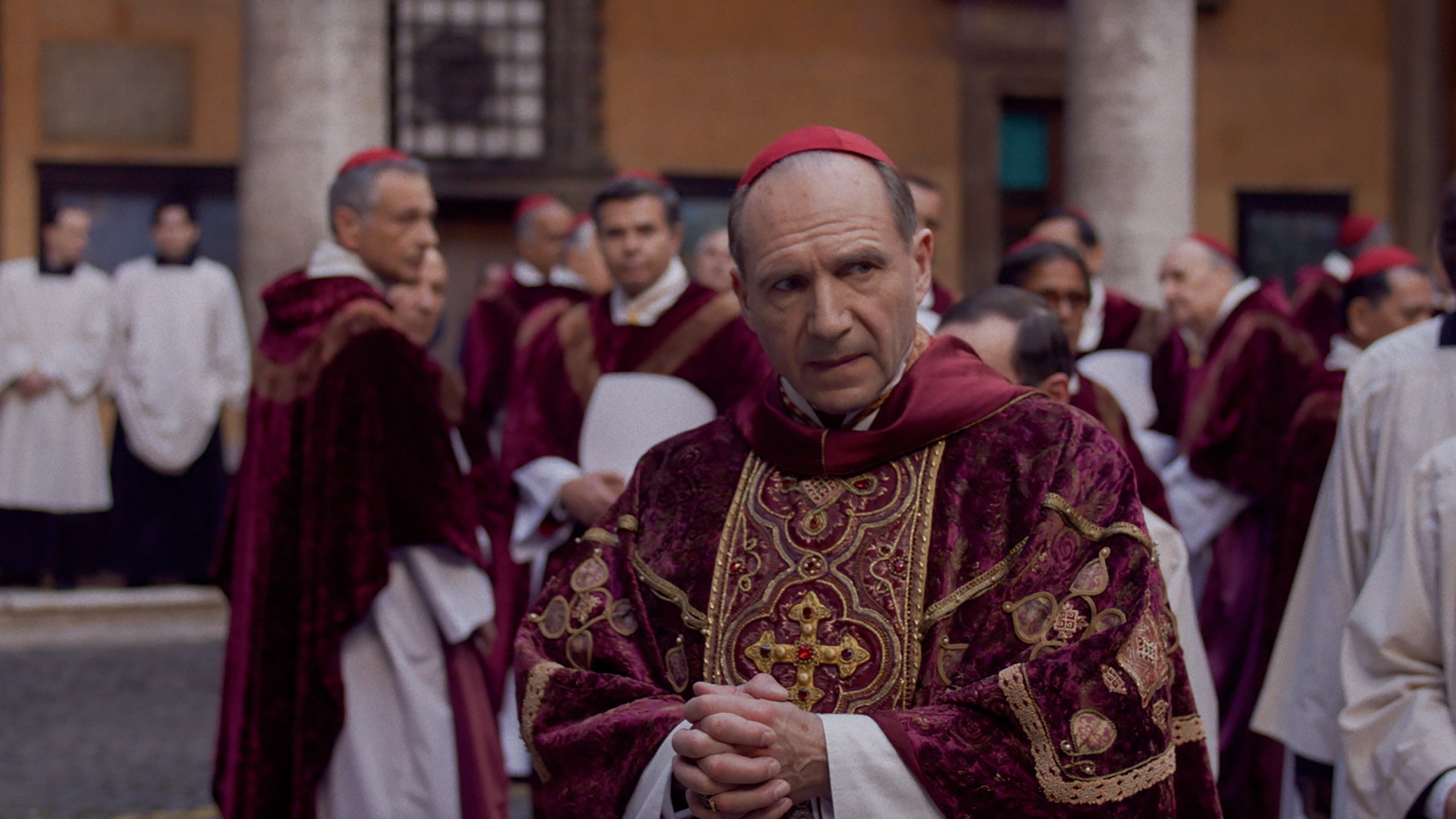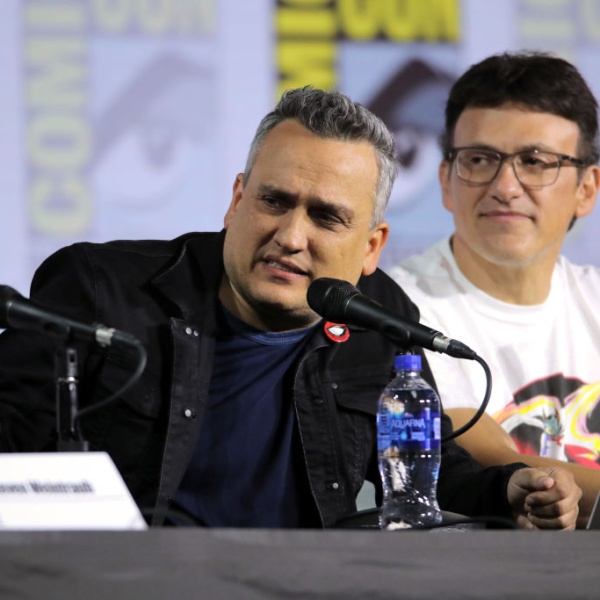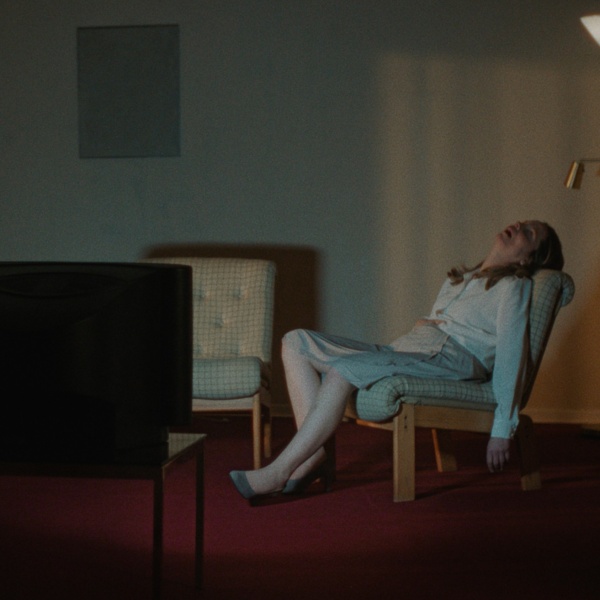When “All Quiet on the Western Front” director Edward Berger first read Peter Straughan’s script for “Conclave,” his adaptation of the 2016 Robert Harris papal bestseller, it wasn’t the nasty cardinal intrigues and the luxurious Vatican settings that most appealed to him. It was the conflict inside the character of Cardinal Lawrence, the man in charge of running the elaborate process of picking a new pope. That’s also what lured in Ralph Fiennes, who could finally score his third Oscar nomination after his stellar early career performances in “Schindler’s List” and “The English Patient.”
“Conclave” marks a contrast from Berger’s intense German war movie “All Quiet on the Western Front” (Netflix), which nabbed three craft Oscar wins along with Best International Feature Film. You could call the English-language “Conclave” a crowdpleaser, having played well at Telluride and Toronto with an 80 Metascore, followed by audience awards at both Middleburg and Mill Valley. In other words, “Conclave” could prove a popular hit as well as a European-flavored Oscar contender.
“It is a very international film,” Berger told IndieWire during a recent interview. “It has such an international cast. The story is international. That political or religious gathering is followed by 1.6 billion people around the world.”
Already an admirer of Straughan’s from his work on “Tinker Tailor Soldier Spy” and “Wolf Hall,” Berger jumped on board. Straughan wrote a faithful adaptation of the book — because it has so many followers — including its twisty ending.
“Peter is the most soulful and best writer in the world,” said Berger. “On the surface, Peter wrote a political chess game pitting the chess pieces against each other, which gives the crowd a pleasing experience of trying to follow who’s winning. But underneath it, Ralph’s journey drew me into the film, the interior journey of being in doubt of what you are there for, and what you believe in.”
Berger needed to keep Fiennes’ point of view at the center of the action. “I like movies where I have a singular perspective,” said Berger. “This is an ensemble piece, but you anchor it around Ralph, and you can be here in his mind at all times, and see what’s going on in his eyes, what he’s thinking, how he’s maneuvering, what his moral compass is, what his doubts are. And I can take the audience on the road with him.”
Fiennes read the script in three days, and invited Berger and producer Tessa Ross to see his current West End show and come to dinner. “I would love to do it,” he said. Fiennes and Berger tussled briefly over which costumes to use for the cardinals after Fiennes met with the British cardinal and tried on his vestments.

“I didn’t want the cardinals’ costumes that they have now, because they’re little bit polyestery,” said Berger. “The fabric isn’t as nice as it used to be. It’s just not as gorgeous. I could just go to a costume house and buy those. It’s too easy. I wanted a representation of what the costumes are like that are a little bit richer, a little bit heavier, deeper. The fabric turned into that deep red, thick, and it’s gorgeous. When Ralph gets undressed, you can put the camera on there and linger on that fabric. And then, slowly, I had to sell him.”
It’s fun going behind the scenes at the Vatican (they recreated it off-site) and learning the machinations of the process of electing a new pope. The politics of who will win the election is the usual debate we hear in the real world: conservative past vs. progressive future. “Obviously, you can’t plan that,” said Berger, “or quite have the Ukraine war break out, which was an unfortunate parallel, and suddenly it’s an election year. I’m so positive, though, that America is going to take the turn, and it’s going to lead in terms of change in the world. Because that would be inspiring, my kids would suddenly have something to aspire to. They wouldn’t if Trump comes in there.”
Watching the cardinals campaign is great theater. “They’re all big egos,” said Berger. “It plays with this theatricality, and they all have to perform for their colleagues. Some are bigger than the others. Sergio Castillitto. He’s Italian. That’s how he is. Once you cast right, a lot of your work is done. You work with Ralph Fiennes. There’s a limited amount of direction you need to give. It’s like a collaboration. And that gets refined. He’s a person where I can see what’s going on behind the eyes. Because he doesn’t have the most lines, it’s quite internal. Honestly, he’s thinking the whole time, and so I needed to be led into that process. I’ve never sat across from anyone who has a more intense gaze than Ralph. It’s very powerful. And that gaze is amazing for the screen and for this character.”
American Stanley Tucci was jokey on the set, which threw Berger off. “He’s not as intense,” said Berger. “He makes all of us feel comfortable. Ralph doesn’t give a shit if they feel comfortable. Stanley is more Italian, in a way, at his heart. He wants to invite us in and be part of it. And so he’s like that on set. He’s a jovial, kind person. And then the camera turns on, and he just does what he does.”

Berger wasn’t sure he was getting what he needed until he saw what Tucci did in the edit. “It’s the magic of movie actors,” he said. “My god, Stanley did it. He did everything, and I didn’t notice it. He slipped by me.” John Lithgow, at 6 foot 4, towered over the other actors. “He’s large, and he has that natural authority. What I’ve learned from all these actors that I hadn’t learned before, because we don’t have as much on the continent in Europe, is that they’re all consummate actors. They love what they do. They’re absolutely passionate, and they would actually wither and die if they didn’t have it.”
One enhancement in the story is including more of Sister Agnes (Isabella Rossellini). “Are you interested in her?” the actress asked Berger. “I’m interested in what she’s thinking the entire time and what she observes,” he said. “It was important to make her role bigger than in the book or even in the script. There’s always just one line: ‘Sister Agnes stands there.’ But every time she is somewhere, you need to give her an important close-up and just make her almost the second most important character to Ralph, or maybe even more important when she’s there. So, for that last scene to land, you need to shoot her in those scenes. She needs a close-up to make her the center of the action, put her right into the movie.”
Shooting the five large conclave voting scenes was not easy. With tons of coverage and reaction shots, Berger likes to plan things precisely. “This movie is very mathematical. It’s architectural,” he said. “So I needed to shortlist beforehand. I didn’t want to leave it up to chance how the movie is going to play. I storyboarded all of the election voting scenes, because I thought, ‘if I don’t come up with something new every time, it’ll be really boring. And now I’m the most proud of these electoral scenes, because I find them really tense.”
“Conclave” is exquisitely mounted in terms of visuals and sound. “You can create so much contrast in sound,” said Berger. “You can have people talking and whispering in the crowd, and suddenly you’re with Ralph alone in this room, and it’s utterly quiet, and all you hear is the dangling cross or the footsteps. Sound creates an atmosphere of precision that you hear every footstep, every hand wash, and I wanted to do that in these quiet, claustrophobic rooms, that all you hear is Ralph’s breath and the dangling of the cross and all these little details.”
Of course, Berger’s sound crew captures live sound on set, but the final mix also deploys faked foley sounds. “You record it on set, but then to grab the crispness and the details, you have to do it in foley.”
Music is also crucial. Even though Volker Bertelmann won the Oscar for “All Quiet on the Western Front,” this time Berger wanted him to try something different. “Can you do something that you’ve never done before?” he asked him. “I want to be surprised by the music, and it takes me on a different journey. He’s a wonderful researcher in terms of which instrument would be right. How can I distort it? How can I make it different? I want him to go against the images. You put the image and the music into clash, and that creates something interesting that wakes me up. I get hit in the face, and now I have to pay attention.”
Next up: Berger developed a few scripts at the same time, thinking that only one would get made. Instead, he did two back-to-back. He just finished in Macau the gambling tale “Ballad of a Small Player” (Netflix), starring Colin Farrell as a con man and Tilda Swinton as his possible salvation, based on Lawrence Osborne’s novel. As soon as he finishes the long Oscar circuit, he’ll be ready to start all over again.
Focus Features will release “Conclave” in theaters on Friday, October 25.






